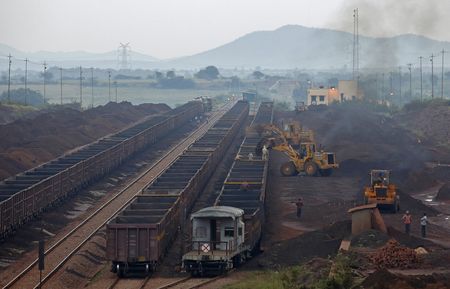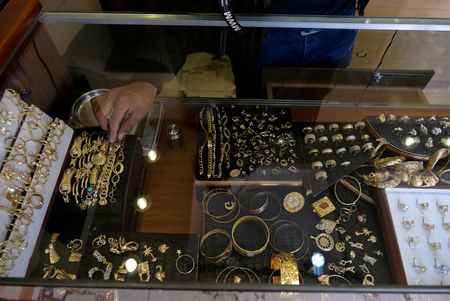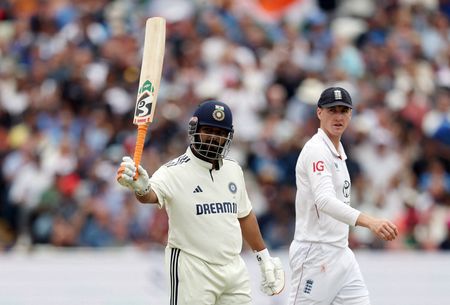By Neha Arora
NEW DELHI (Reuters) -India’s iron ore pellet makers have urged the government to curb a surge in imports routed through Oman, which they say originate from Iran despite U.S. sanctions, warning that the cheaper supplies could hurt the local industry, sources and an analyst said.
India, the world’s third-largest iron ore producer, has imported 800,000 metric tons of pellets so far this year, whereas imports were negligible between 2021 and 2024, Lalit Ladkat, an analyst with London-based CRU Group, told Reuters.
Most of these pellets are of Iranian origin and shipped via Oman to circumvent sanctions, Ladkat said.
The surge in imports is driven by higher domestic prices of pellets and the availability of cheaper, high-quality Iranian pellets, Ladkat said.
India’s Ministry of Steel has received a petition from domestic pellet manufacturers and is examining the issue, said one of the sources involved in the matter, who declined to be identified as the deliberations were not public.
The ministry did not respond to a Reuters email seeking comments.
The Pellet Manufacturers Association of India said in its letter to the ministry that even though pellet imports were shown to originate from Oman, there were “doubts on the actual country of manufacture/origin as it is understood that this country does not produce pellets.”
Rising imports have caused domestic pellet producers to operate at just 69% of capacity, PMAI said.
Oman as a country of origin is doubtful, Manish Kharbanda, president of PMAI told Reuters.
In 2019, U.S. President Donald Trump imposed new sanctions on Iran, targeting the Islamic Republic’s export revenues from its industrial metals sector.
India and the United States are expected to announce an interim trade agreement soon. As part of his April 2 reciprocal tariffs, Trump had threatened to impose a 26% duty on Indian goods. However, this was temporarily reduced to 10% to allow time for trade negotiations.
Both iron ore and iron ore pellets are used in steelmaking.
India’s demand is being driven by robust steel production, underpinned by growth in infrastructure, construction and the automotive sector.
India’s finished steel consumption reached 25.1 million metric tons between April and May, the first two months of the 2025/26 fiscal year, up 7.1% from a year earlier, while crude steel output rose 9.5% to 26.9 million metric tons.
(Reporting by Neha Arora; Additional reporting by Sarah El Safty in Dubai, Manoj Kumar in New Delhi and Manvi Pant in Bengaluru; Editing by Mayank Bhardwaj, Kim Coghill and Mark Porter)









